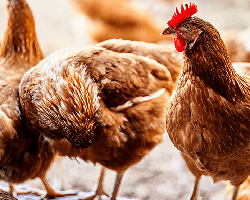
Understanding Chicken Behavior and Social Structure
Chickens have a complex social structure, often referred to as the pecking order. This hierarchy determines which chickens eat first, sleep in the best spots, and lead the flock. Pecking order disputes are normal, but excessive bullying can be a problem. Providing enough space, multiple feeding areas, and distractions like hanging vegetables or perches can reduce aggression.
Chickens also communicate through body language and vocalizations. Different clucks and calls indicate excitement, warnings, or contentment. Understanding these behaviors helps detect stress or illness early.
Additionally, hens may occasionally go broody, meaning they stop laying eggs and focus on incubating. While this is useful for natural hatching, it can be discouraged by removing eggs frequently and providing a well-lit environment. Observing and understanding your flock’s behavior will help create a happier and more harmonious chicken community.